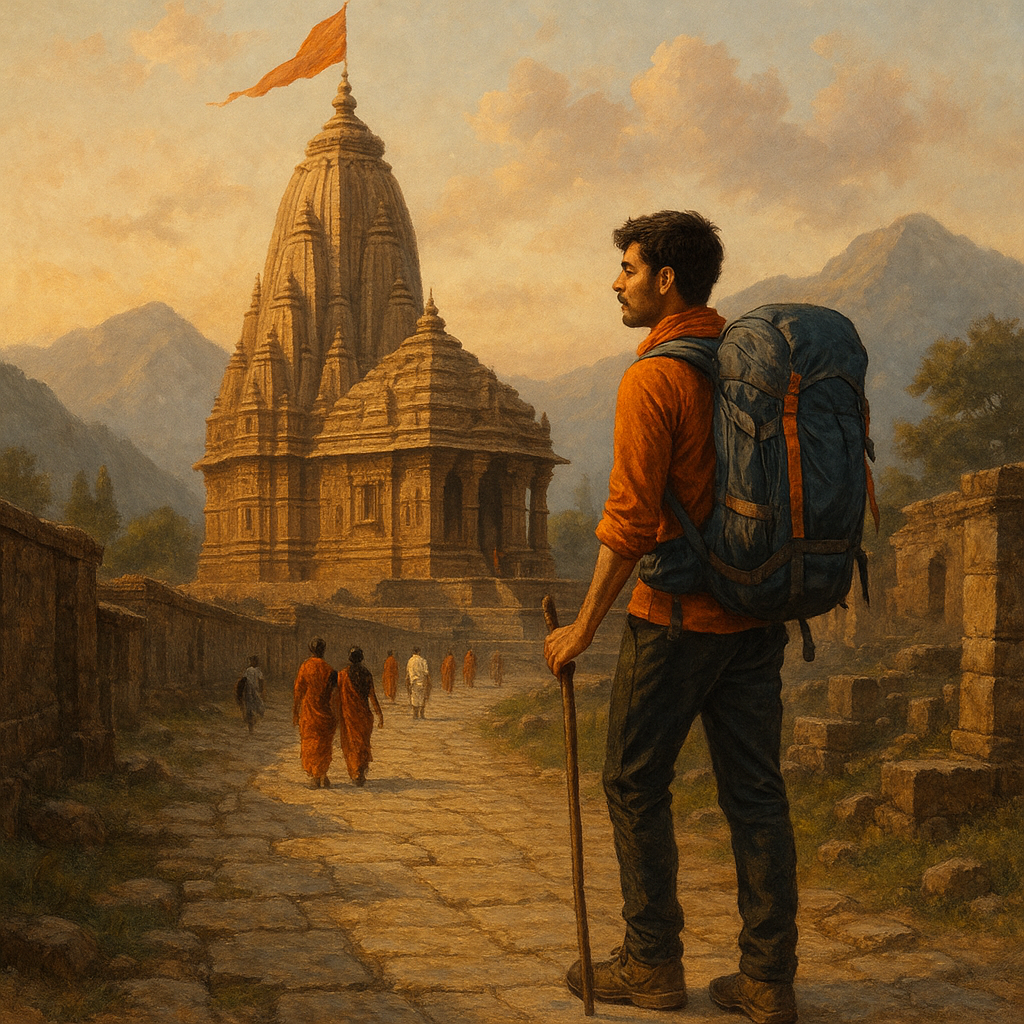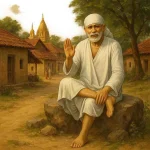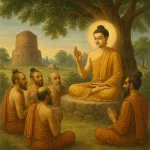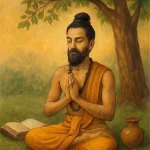The Rise of Solo Pilgrimages among Indian Youth: Meaning, Market & Mission
A quiet but powerful trend is reshaping India’s spiritual landscape — the rise of solo pilgrimages among young Indians. Once, religious journeys were family affairs, filled with rituals, relatives, and collective devotion. Today, an increasing number of millennials and Gen Z travelers are choosing to embark on pilgrimages alone — not as tourists, but as seekers. They are walking ancient paths, visiting sacred temples, and meditating by holy rivers — all in search of inner peace, self-understanding, and personal purpose. This new movement reflects a profound cultural and emotional shift in how India’s youth relate to faith, identity, and solitude.
From Tradition to Transformation
Traditionally, Indian pilgrimages like Char Dham Yatra, Vaishno Devi, or Tirupati were family-centered. The journey itself was an act of collective devotion, guided by elders and priests. But for the younger generation, spirituality has become more personal than ritualistic.
Many young Indians are no longer content to simply perform rituals; they want to experience the divine in their own way. The idea of going on a solo pilgrimage is not about rejecting tradition, but rediscovering it with new depth. Traveling alone allows them to slow down, reflect, and connect — not only with temples and deities but with themselves.
In a fast-paced world of noise and pressure, solitude has become sacred. For many, walking barefoot up a temple hill or sitting silently by the Ganga offers something that no gadget or party can — peace.
Why Indian Youth Are Choosing to Travel Alone
Several social and psychological factors are fueling this rise in solo pilgrimages.
1. The search for meaning:
The youth of today live in an era of uncertainty — career stress, digital overload, and emotional fatigue are common. Many feel disconnected from traditional religion yet deeply curious about spirituality. Solo journeys become a way to pause and rediscover purpose.
2. The influence of wellness and mindfulness:
Yoga, meditation, and mindfulness have popularized the idea that inner peace is a personal journey. This philosophy aligns naturally with pilgrimage — a spiritual detox that also heals the mind and body.
3. The digital inspiration:
Social media has played a surprising role. Platforms like Instagram and YouTube are filled with stories of travelers trekking to Kedarnath, meditating at Bodh Gaya, or biking to Rameswaram alone. Such stories inspire others to undertake their own journeys — not for likes, but for self-realization.
4. Safety and accessibility:
Improved infrastructure, travel apps, and women-friendly accommodations have made solo travel easier and safer. Many young women are now undertaking pilgrimages alone — something once considered unthinkable.
Destinations Redefined: From Tourist Spots to Transformative Spaces
Young pilgrims are reimagining sacred destinations. They visit Varanasi not just for aarti, but to take part in silent retreats or write poetry by the ghats. They travel to Rishikesh to meditate at sunrise rather than attend crowded rituals. Even in Amritsar, Bodh Gaya, or Puri, many choose to volunteer at community kitchens or ashrams, seeing seva (service) as a form of worship.
The emphasis has shifted from religious duty to personal transformation. The solo pilgrim’s path may not follow a fixed ritual pattern; instead, it follows intuition — a mix of prayer, silence, nature walks, and reflection. This freedom to define one’s own spiritual experience is what makes the movement so appealing.
The Market Behind the Movement
This spiritual independence is not just emotional — it has created a growing travel and wellness market. Travel agencies and retreat centers now cater specifically to solo spiritual travelers. Packages advertise “soul journeys,” “monk-style stays,” and “detox pilgrimages.”
Eco-ashrams in the Himalayas offer digital detox retreats where phones are surrendered at check-in. Homestays near temples welcome single travelers looking for calm rather than luxury. Even online platforms curate personalized spiritual itineraries — from solo treks to Hemkund Sahib to meditation at Buddhist monasteries.
The Indian tourism industry has recognized that faith-based travel is no longer just about darshan; it’s about transformation. For many young people, spirituality has become a lifestyle, not a label — and the market is adapting accordingly.
A Personal Mission: Beyond Religion
Interestingly, not all solo pilgrims identify as religious. Some call themselves spiritual, some agnostic, and others simply seekers. Their journeys are not bound by caste, sect, or doctrine. A Hindu may meditate in a Buddhist monastery, a Christian might volunteer in an ashram, and a Muslim may visit Sufi dargahs for peace.
This openness reflects India’s timeless pluralism — where the path to truth is diverse, and the destination is inner harmony. For many youth, a solo pilgrimage is less about pleasing a deity and more about rediscovering themselves in silence and simplicity.
In the words of one young traveler: “When I climbed Kedarnath alone, I didn’t find God on the mountain — I found Him inside me.”
Challenges and Reflections
While this trend is inspiring, it also faces challenges. Some solo pilgrims experience loneliness, safety concerns, or cultural barriers. Others find it hard to balance personal exploration with respect for tradition. Yet most agree that the journey itself teaches resilience and humility — qualities often lost in modern life.
Spiritual mentors and psychologists see great potential in such experiences. Traveling alone to sacred places helps young people develop emotional strength, gratitude, and clarity — turning pilgrimage into a form of healing therapy.
The New Pilgrim of India
The rise of solo pilgrimages among Indian youth is more than a travel trend — it is a reflection of an inner awakening. It signals a return to spirituality, not through dogma, but through direct experience. The modern pilgrim carries a smartphone instead of a walking stick, but the essence remains the same — a journey toward light, purpose, and truth.
~Religion World Bureau









